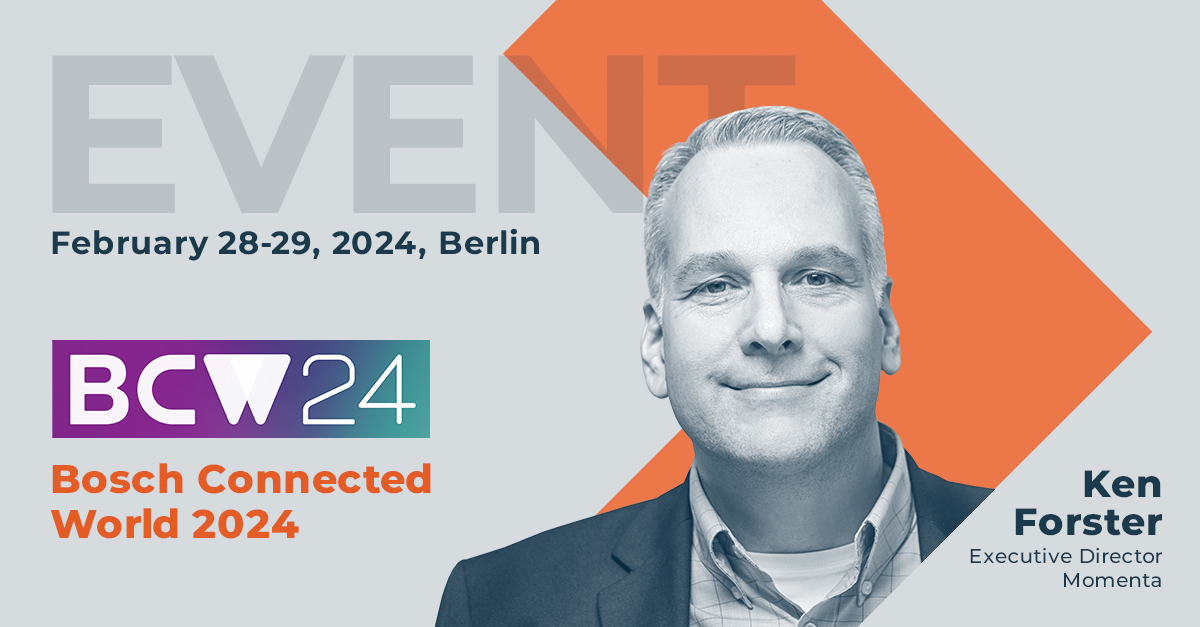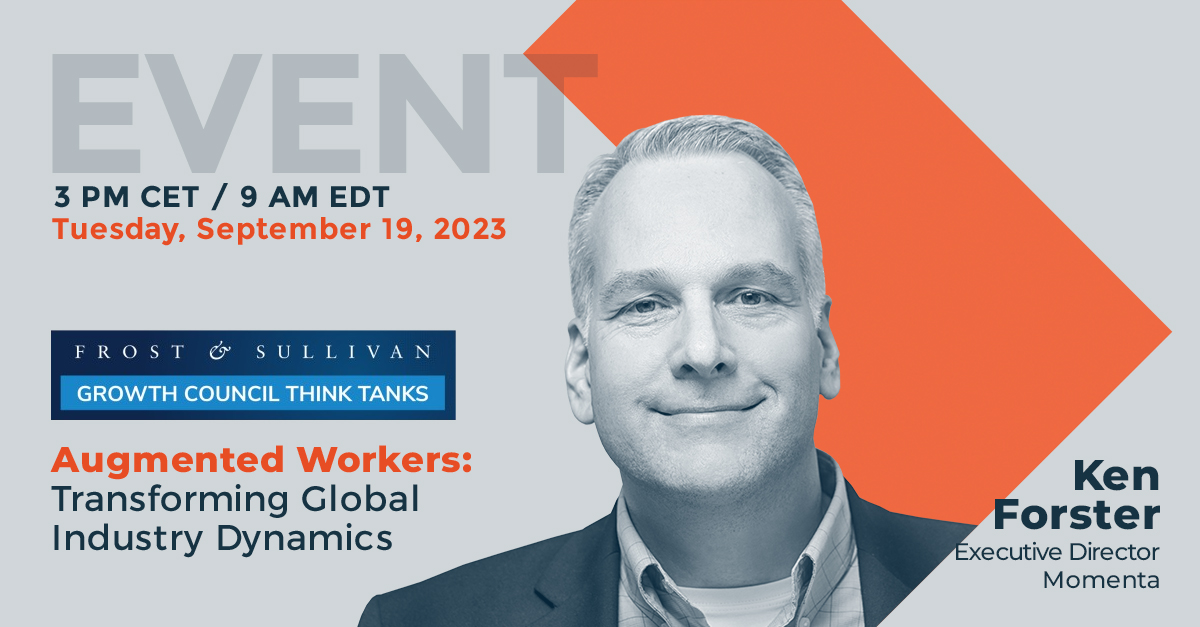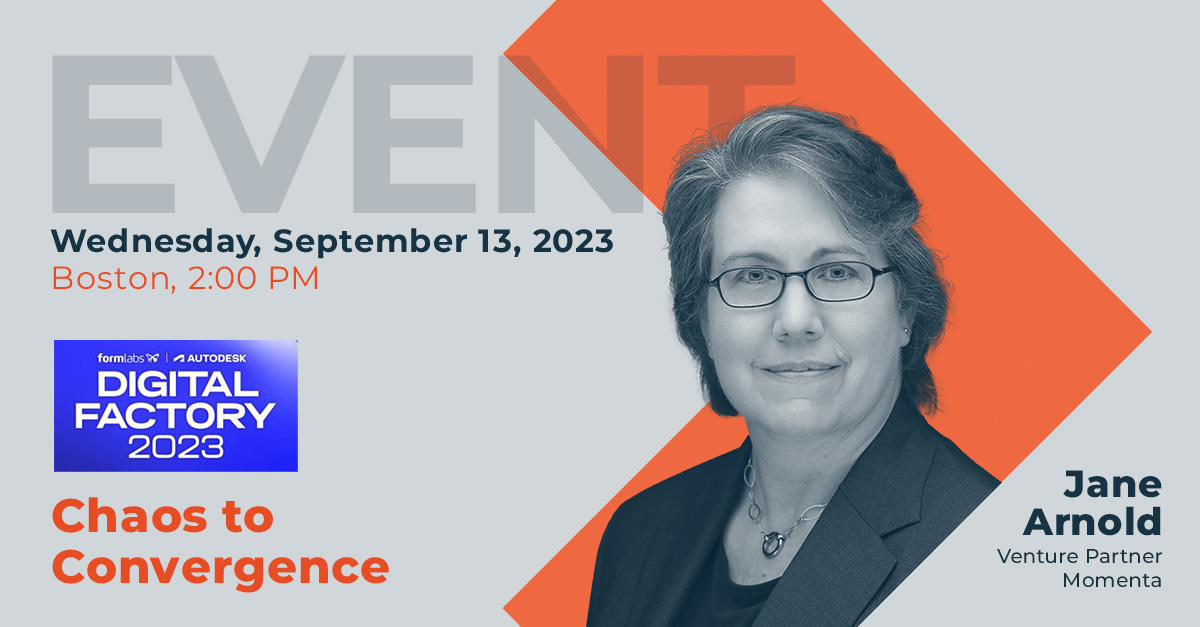Insights
Connecting Industrial IoT in Montreal - Part 2
Ed Maguire

The McRock IIOT Symposium offered a range of interesting views about the markets and highlighted a number of interesting stories and companies. We share thoughts from several interesting panels at the event that covered remote “things”, food tech, exits and autonomous vehicles.
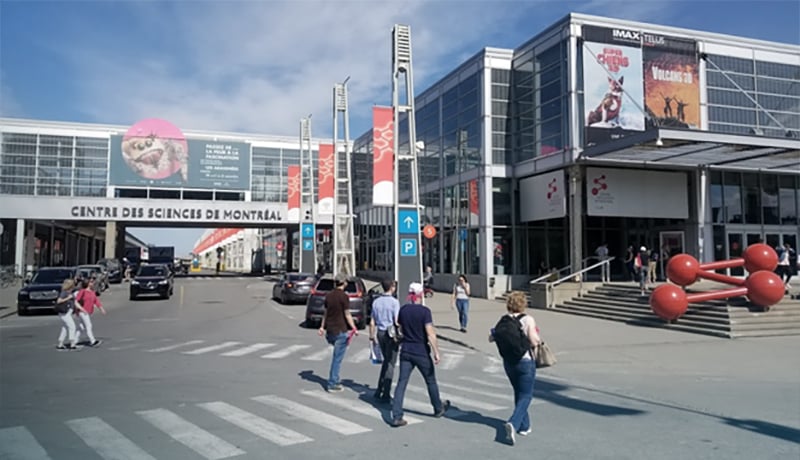
The Internet of Remote Things
A conversation about the challenges of managing remote things explored the value of partnerships in aggregating data across multiple diverse systems and leveraging domain expertise for value. Shell has provided a lot of proof points around the success of their digital transformation, as Gayatry Abbott Global B2B Digital Services Manager shared insights on a panel discussion. Stanley Black & Decker has been implementing IoT in the manufacturing process, and Bryce Poland the Deployment Director of Industry 4.0 took the mission from the highest executive level to drive change across the organization. The transformation team has increased from three 14 months to over 50 today, with 20 digital factories planned for the end of this year. Matthew Kleiman is the CEO of Cumulus, when he was working with Shell’s tech skunk works in Boston – the problem they faced was that inspections of engineering work was slow and inefficient. They decided to focus on a platform to analyze bolted systems, to help contractors improve their performance. Cumulus was spun out of Shell last year. James Novak is the CEO of Fiix Software, joining after Blackberry and Microsoft to focus on enterprise asset management – he sees the industrial software market undergoing the same transition from on premise to cloud that all the other major markets have gone through. The company recently raised $40mn for its Series C round. Customers are forcing vendors to open up to standards – vendors need to be open to connect to multiple types of systems.
Grokking the Realities of Exits
Dave Kalez is Managing Director of banking at KeyBanc and he provided an overview of the current markets. Over the past 12 months tech has accounted for 40% of the IPOS. There have been more foreign filers than domestic US filers, but the US filers have outperformed the foreign filers by 40% (+32% on average versus -10%). $100 million in revenues, with at least 30% top line growth and a path to profitability. Testing the waters is very important to the success of IPOs.
In 2018 the tech M&A market was very robust and numbers have fallen off a bit. Almost 50% of transactions are in software (45% by value), with a consistent level of deals over the past two years. Though the number of deals is declining, valuations are higher and deal size is larger. In terms of private placements the deal activity is greatest in the $50-100mn range.
In the Industrial Tech Public Offering area, there has not been much activity. Due to the nascency of the sector, there are not a lot of companies that are of scale to go public. Most companies are in execution mode, but likely in late 2019 and early 2020 there will be new industrial tech companies announcing plans to hit the public markets. Industrial Tech M&A is still strong, driven by digitization of industry. Software companies command the highest multiples – around 5.1X trailing 12-month revenues, with Tech Platforms averaging 3.2X and Tech Hardware/Service averages around 2.1X.
Aggressive acquirers have included Hexagon, Autodesk, Siemens, ABB, and PTC. There is a high correlation between a successful close and the familiarity with the target. Notably, large private equity and growth equity are making significant majority or large minority investments. Companies like Vista Equity will outbid strategic buyers in some cases. Active private equity investors in the space include Francisco Partners, Genstar, Battery and Riverside.
He shared a few myths around Industrial Tech M&A. One myth is that sellers should begin a sale process as soon as possible, but the reality is that company specific factors need to be weighed as much as market conditions. A failed process is worse than no process at all. Another myth is to pick the advisor that gives the highest price in a pitch, but an execution strategy for an M&A process is of utmost importance. It’s important to prepare materials and accounting as far in advance before starting a sale process, as time is the enemy of all deals. An indication of interest may not necessarily translate into a bid, so it’s critical to manage the process of getting information in front of buyers. Valuation perspective can be tricky as management teams often have inflated expectations. In terms of getting the best valuation, a targeted process is often far more effective than a broad process.
The Global Revolution in Food Production
There has been a flurry of activity around new companies in food production technology. Markus Solibeida of BASF believes that there is now the technology to successfully feed the world. Mary Tangen from DTN focused on agribusiness technology – a lot of innovation has been around taking high resolution data but a big challenge remains getting the data usable Remi Schmalz of Decisive Farming discussed how the role of partnerships is dynamic and needs to be adaptive in a market where existing relationships have been in place for a long time. BASF is working with a number of companies to help connect new technologies with users in the field – the VC makes investments then plugs them into the business lines for testing. AgTech is the fastest growing subsector in all of VC in India and Brazil, and there is a lot of potential for China as well. Some of the most promising technologies include field robotics, satellite-based image analysis
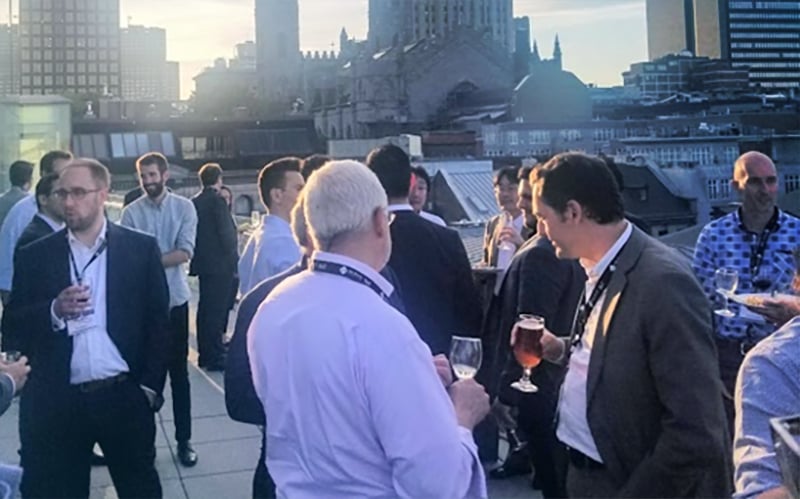
Networking sponsored by Mnubo after the McRock IIOT Symposium
The Art of the Exit
It’s undeniable that the factors that lead to successful exits for startups are more art than science. A panel with representatives of AspenTech, Cisco, MunichRE and Nuralogic and discussed the dynamics of the sale of businesses. Matt McElhattan discussed how the Industrial IoT initiatives are run out of Hartford Steam Boiler – they insure boilers and use the engineers to look at them. MunichRE insures over 7 million businesses against equipment breakdown and uses the technology expertise to analyze risk. Amit Chaturvedy is IoT Director of Cisco Investments – every year the company invests around $250 million per year, 45 VC funds, around 240 startup investments and 40 professionals working on deals and partnerships. The organization now sits within the office of the CFO, but most of the work is tied with business lines. There is a threat of M&A activity in IoT that is analogous to the smartphone – this is technology to help companies get closer to their customers. For Cisco, M&A is so ingrained in the culture that 1-1.5% if top line growth every year comes from acquisition, along with one of 6 of the top executives.
The Internet of Vehicles
In a panel on the Internet of Vehicles, there have been autonomous vehicles running in mines for some time without any safety incidents according to Michael Young Director of Caterpillar Ventures. Don Yoing of Pitney Bowes Engineering shared increasing application of multiple sensors on commercial vehicles that can be used to improve safety in autonomous uses. There is an exciting opportunity for cities to improve traffic flow and optimize the use of assets according to Miovision. Benoit Masson of AddEnergie discussed how his company is building a charging network, that needs to work with multiple car models with a reliable connection to the Internet and the grid. There’s ongoing debate about the ultimate safety of autonomous driving – and on with that autonomous buses can be more safe and reliable when it’s 80-90% location based and 10-20% sensors. In more complex environments like cities, there needs to be 50-60% or more sensors, and the technology needs time to evolve.
There continues to be interest from potential funders. There is a tremendous amount of data being generated from digitalized transportation, Kurtis McBride of Miovision believes there will emerge a data layer that cities will leverage to create new types of applications. In terms of regulation, the panel believes that the market will drive regulation rather than the other way around.
Regarding data privacy, there is a growing focus on the rights associated with data, and how data may even be monetized by cities to make up for tax shortfalls. Utilities are focusing a lot on cyber security because of the risks associated with hacks or terrorism, and this awareness is likely to spread to OEMs, car manufacturers and oil and gas companies. There is a lot of interesting information that comes from charging, and this need to be ensured that it’s private. There is a debate about who owns the data related to charging and autonomous infrastructure. Customers own data in the industrial space, but there are initiatives by companies like Schneider who are creating an exchange enabling sharing of data to enable providers of different services to be able to integrate with data from sources like building automation and other systems. Liability is also an area of debate. In many respects the provider will need to assume liability, but there are many open issues. The move by Tesla to create its own insurance product is an indication that they are thinking of the future.
Regarding the future of autonomous vehicles, there is likely to be a big consolidation coming over the next 5 years. In the US roughly 2% of cars being sold are EVs, in 10 years the forecast is over 20% and this will drive a paradigm shift around charging versus filling up with gas. The ability to turn cars into income generating assets will change the nature of depreciation economics in the market.

Momenta Partners encompasses leading Strategic Advisory, Talent, and Venture practices. We’re the guiding hand behind leading industrials’ IoT strategies, over 200 IoT leadership placements, and 25+ young IoT disruptors. Schedule a free consultation to learn more about our Connected Industry practice.

